Welcome to Part Two of my interview with Guy Kawasaki who has written 12 books, 10 of which were traditionally published. His newest book, APE: Author, Publisher, Entrepreneur -- How to Publish a Book, which helps people understand how and why to self-publish. Guy shares his thoughts on publishing and why he decided to forgo the traditional model and go indie. In this interview Guy talks about the process of self-publishing and what makes it a better option.
Penny - So let's talk about APE, which stands for Author, Publisher, Entrepreneur. You did the Google Plus book, and it inspired you to write this. Where did you see the need for this book that you thought was not being met?
GUY - This is the pain I felt firsthand. When I published What the Plus!, I asked people how do to go from a Word document to the Amazon, Apple, and Barnes & Noble ebook stores. Some people said I just had to open up a Kindle account, click on upload, and you're done. I said, "I don't think so, because my non-fiction book has pictures, tables, captions, and bullets." Everything I had read said that tables, bullets, and captions weren't going to work.
So that is Kindle, but what happens when I want to go to iBookstore and Nook? So what do I do? I literally asked around five experts and they gave me eight different answers. This is not exactly consensus.
Then I did some stupid things like choosing the Kindle 70 percent royalty. Who reads the print above the agree box? I learned later that if you have a book that has 120 pictures in it, there is a delivery fee that is subtracted from the royalty. So there is a point where if your book is too big, it is better to go with 35 percent than 70 percent with a delivery charge. I didn't know that. I will bet you that most people do not know that.
I was thinking, "Guy, you are Guy. You know how to use a Macintosh. You know how to use Word style sheets. You have friends in high places, and you are encountering these problems." Imagine the next novice writers and novice computer users: How can they possibly figure this out? Do they use Scrivener? Do they use Word? Do they use InDesign? Do they use an EPUB conversion site? What do they do? That is why I wrote the book.
Penny - I think it is phenomenal because there is such a huge need. You and I talked just before the call about indie publishing, independent publishing; you have another term for it. Talk to me about artisanal publishing.
GUY - The concept of self-publishing, and vanity publishing, is tarnished. Tarnished by the thought that your book was not good enough to be published by a big publisher and so you had to do it yourself. I would rather try to spin a new term than fix an old one.
If you want to brew your own beer, you would brew it artisanally, right? You pick your hops, you pick your grains, you pick your water, you pick your formula, and you use some special kettle made by Tibetan Monks, right? You craft your own label, and then you hand-deliver it to the pubs, this is your art. Same thing with wine. Same thing with bread. You can get white bread or you can get artisanal bread that has special olives from the South of France.
Publishing can be like this. You can totally control the contents of your book. It is not some editor telling you "I think you should make this character a lesbian with a Dalmatian." You control your book's look and feel. In the traditional publishing business what they do is design three covers for you, and you pick one. If you don't like one of them, they say "If you want your book to come out on time, we don't have time to make any other covers, so pick one of these." You lose control.
What I want to do is create this new publishing model that is Artisanal Publishing. Like the brewer, like the winemaker, like the bread maker, this is your craft and you control it end-to-end.
APE: Author, Publisher, Entrepreneur -- How to Publish a Book, by Guy Kawasaki and Shawn Welch, is currently available as an ebook ($9.99) and will be released in paperback ($24.99) January 7, 2013. Visit APEthebook.com for more information.
